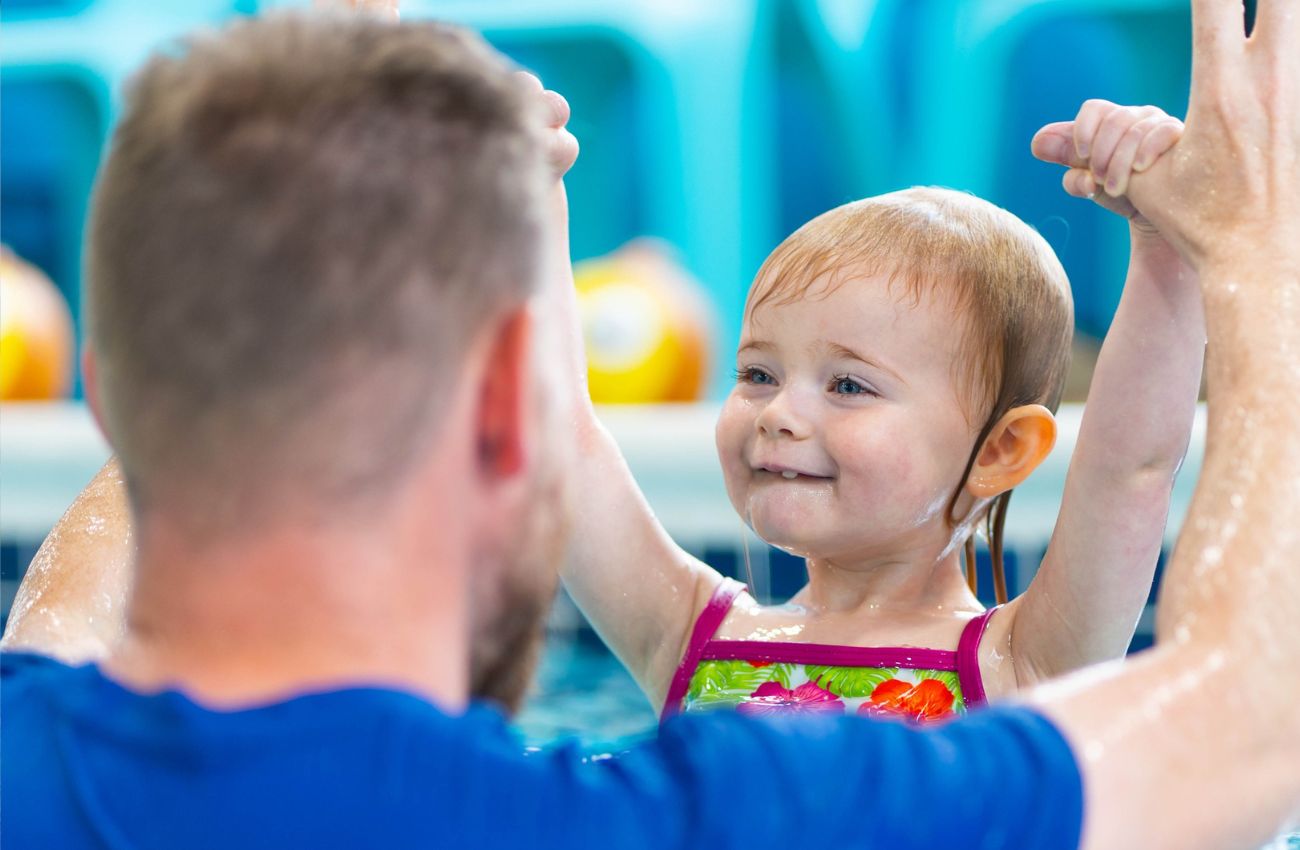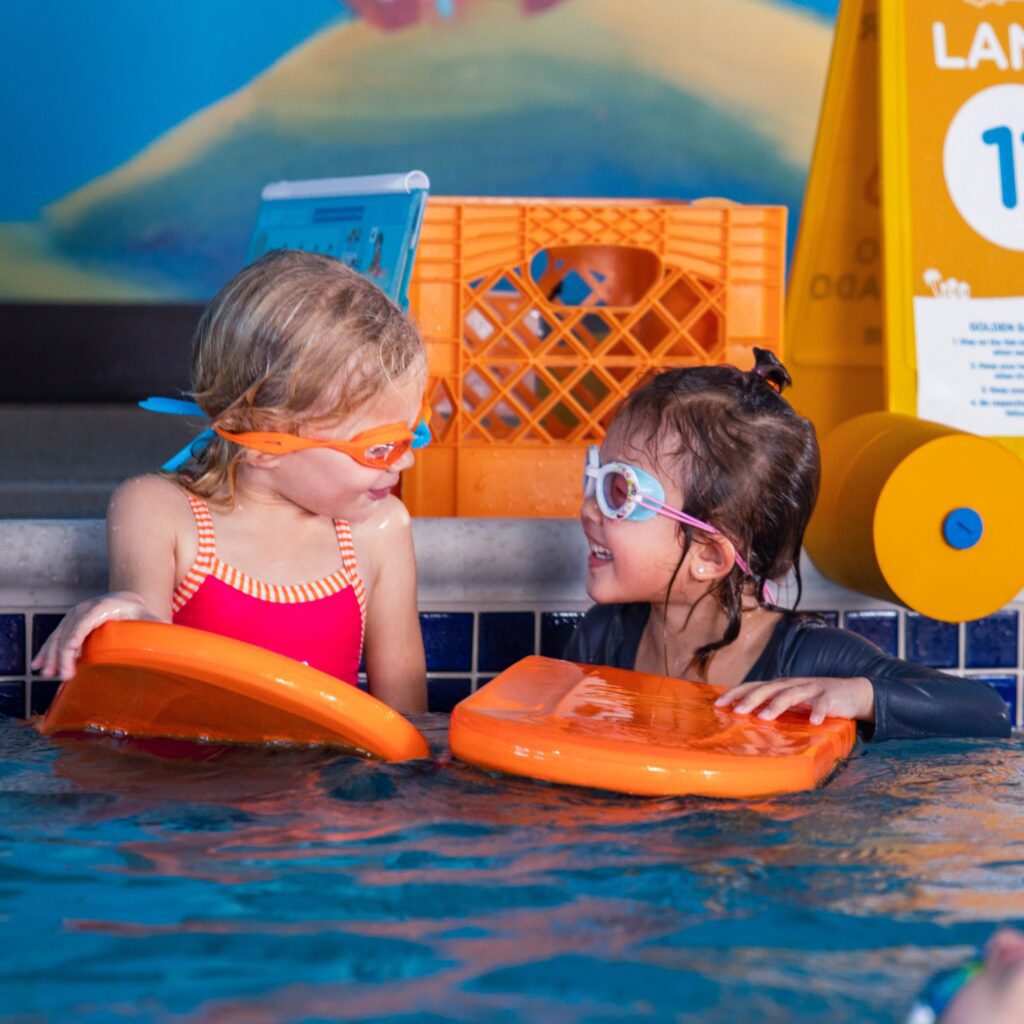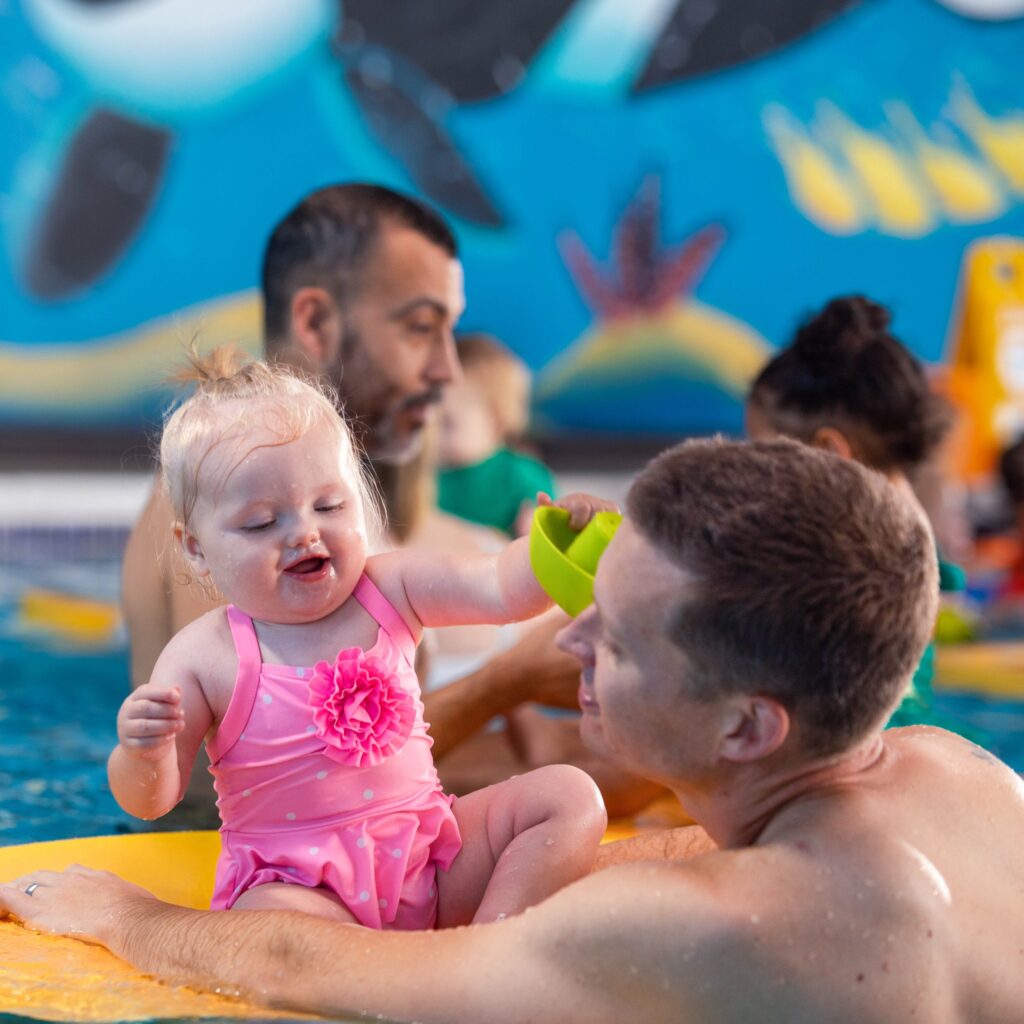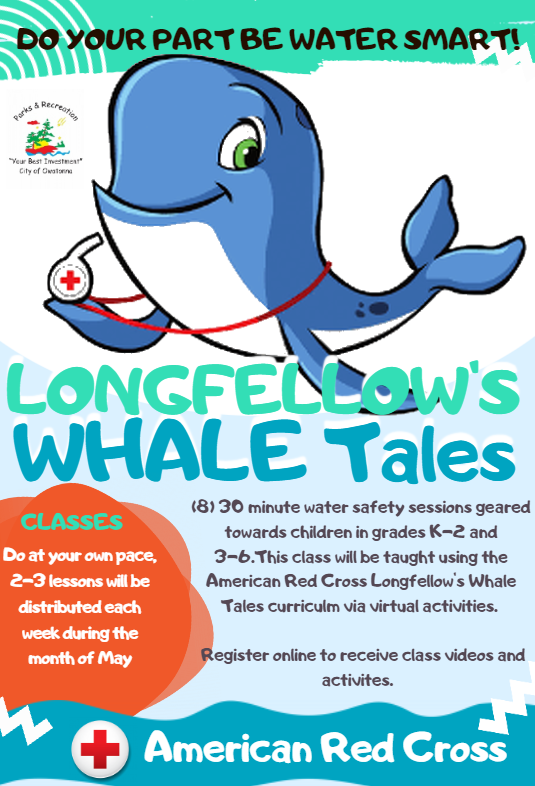Water Safety for You and Your Child in Bucks County
The opportunities for a splashing good time are endless with these water safety tips.

Both children and adults alike know how much fun time in and around the water can be. From boating and fishing at Lake Nockamixon, to lounging on the deck at Fanny Chapman Swimming Pool, to zipping down the water slides at Menlo Aquatics Center, the opportunities for a splashing good time are endless. Which means, so are the opportunities to practice your water safety.
We spend so much time in and around water, it can be easy to lose sight of what it means to be safe around it. And while we don’t mean to scare you, drowning is the leading cause of death in children ages 1 through 4 and a leading cause in children and teens. And nonfatal drowning incidents can result in long-term health problems for both children and adults. The data is clear – if we want our children to be safe in and around water, it is essential that we teach them how.

Water Safety for Parents and Caregivers
- Never leave your child unattended around water. Young children can drown in as little as one inch of water and it can happen swiftly and silently. Stay present and avoid distractions like scrolling through your phone.
- The American Academy of Pediatrics (AAP) recommends using “layers” of protection. These are barriers that can help prevent tragedies during inevitable, brief lapses in supervision which are a normal part of every day. Examples of this include emptying tubs and wading pools, storing them out of children’s reach and keeping toilet lids closed. It is also a good idea to keep doors to bathrooms and laundry rooms closed.
- Know what to do in an emergency. Learning CPR and basic water rescue skills may help you save a child’s life. Check out Bucks County CPR & First Aid and the Bucks County Community College for their certification programs.
- If you have a home pool or spa, connect with Mt. Lake Pool & Patio in Doylestown to make sure your pool is up to code. They’ve been serving the community for more than 50 years and can help with fence installation, gates, pool and drain covers and more.
- Swim in designated areas supervised by lifeguards. Always swim with a buddy; do not allow anyone to swim alone.
- Teach children how to swim. Every child is different, so enroll children in swim lessons when they are ready. Consider their age, development and how often they are around water. Goldfish Swim School – Doylestown starts swimmers as early as 4 months old (with a parent or caregiver in the pool as well).
- If you yourself never learned how to swim, it’s not too late! At least 15 percent of people in the U.S. say they cannot swim. Enrolling in parent-child swim lessons is a great way to spend time with your child. Plus, your child will be safer and more confident near water if you can swim together as a family. Many of the local swim schools and recreation centers offer both child and adult swim lessons. Inquire at the YMCA of Bucks & Hunterdon Counties.

Water Safety for Kids
- We cannot stress this one enough, enroll your child in swim lessons. Many of the local community pools offer swim lessons during the summer. If you’re near the Quakertown Community Pool, check out their program here! For private swim lessons in Lower Bucks, check out Neshaminy Aquatics.
- Teach your children that it is never ok to swim without adult supervision. If a friend tries to persuade them otherwise, it’s imperative for both of their safety not to give into peer pressure.
- Your child should always wear a life jacket when in, on, or near natural bodies of water, like Lake Galena at Peace Valley Park. Make sure they fit properly and are approved by the U.S. Coast Guard.
- Do not rely on swimming aids like water wings or noodles. These should never replace an approved life jacket.
- Most drownings that occur in old kids, teens and young adults happen in natural bodies of water, such as lakes or rivers. Therefore, it’s important to teach these age groups about the key differences between swimming in these types of waters versus a swimming pool, even if they’re strong swimmers. They need to be aware of uneven surfaces, river currents, ocean undertow and changing weather.
- Encourage your teen (15 years and older) to apply for a life guard position at your local community pool or rec center. They’ll learn all of the basics of water safety and gain valuable work experience at the same time. The Newtown Athletic Club offers a comprehensive Lifeguard and Safety Certification program.
- We know there are many reasons to talk to your teens about staying away from drugs and alcohol. Swim safety is just another good one. Swimmers are at serious risk of drowning when they drink alcohol or use other drugs while swimming, diving, and playing water sports. These activities require clear thinking, coordination, and good judgment. Alcohol impairs all of these skills.
- Check out the resources provided by the Red Cross on educating your child about water safety. Their WHALES Tales program offers short, engaging age-appropriate educational videos and worksheets and talking points that you can go over together as a family.

Feature Photo Courtesy of Goldfish Swim School – Doylestown



NO COMMENTS